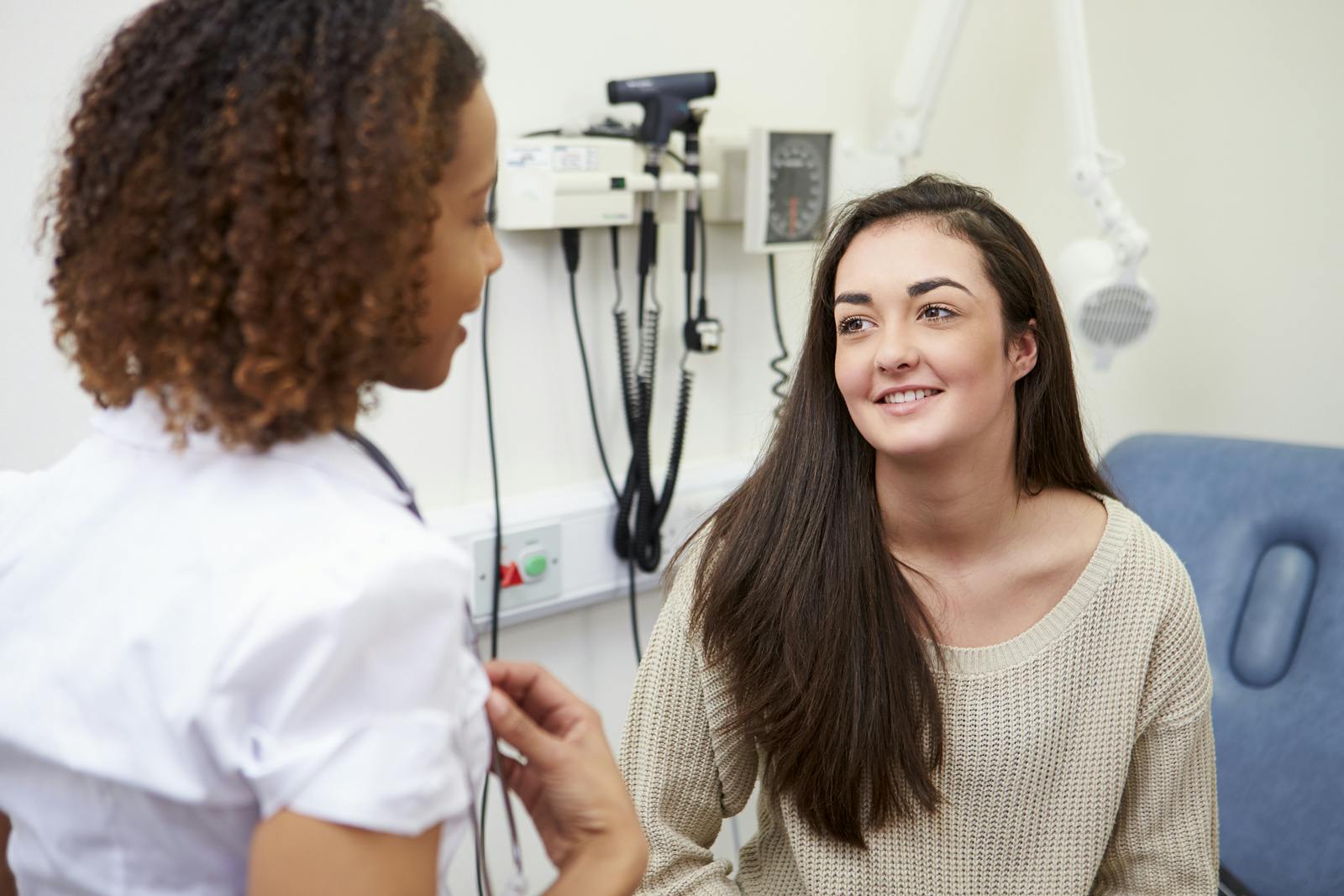A young woman's first appointment with a gynecologist can be a milestone — a welcome sign that she is approaching adulthood — but it can also be fraught with worry and anxiety. Patient comfort should be top of mind for all physicians, but especially gynecologists.
According to the American College of Obstetrics and Gynecology, the initial visit for reproductive and gynecological needs should take place when a teen is between ages 13 and 15, with the first Pap test at age 21.
How can you help your younger patients relax during their first appointment? Try the following tips, many of which can help improve patient comfort at all ages.
Set Expectations About Patient Comfort
A checkup for a young teen differs from what most adults expect from the gynecologist. At this age, a gynecology appointment doesn't typically include an internal pelvic examination. Instead, these visits usually involve a breast exam, external pelvic exam, general physical, and discussion of reproductive and gynecologic health. Young patients who are sexually active may undergo screening for sexually transmitted infections. Let your patient know upfront what her visit will entail so there are no surprises.
Ensure Privacy
Although a model appointment would include an initial discussion with your patient and her parent or guardian, not all patients will feel comfortable involving another adult. Stress the importance of having open communication with both patients and parents and make all parties aware of any legal restrictions on confidentiality, which can vary by state.
Explain Each Step
Describe what you'll be doing during an exam before you do it — "Now you'll feel my hand here," or, "You may feel some pressure here," for example. Encourage patients to ask questions throughout the process. Make eye contact, uncross your arms, repeat your patients' concerns and make other adjustments to your body language to show patients that you're listening.
Create a Welcoming Environment
In addition to emotional warmth, a relaxing physical space can help improve patient comfort. Make your waiting and exam rooms welcoming to adolescents and young women by including age-appropriate, culturally inclusive reading materials and posters. Use visual aids such as diagrams and models to help explain anatomy and physiology. Younger patients may also find their first gynecology appointment less intimidating if they see peers of a similar age in your waiting room, so consider scheduling their visits on a dedicated day or time.
A young woman's first gynecology appointment can be a source of anxiety, and it's natural for her to feel overwhelmed. By taking steps to ensure patient comfort, you can help ease concerns and take steps toward establishing a lasting relationship.



